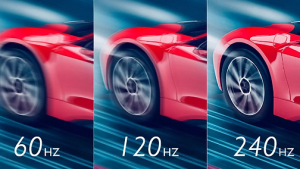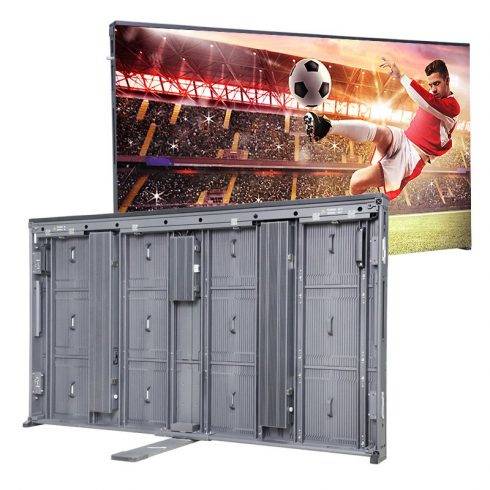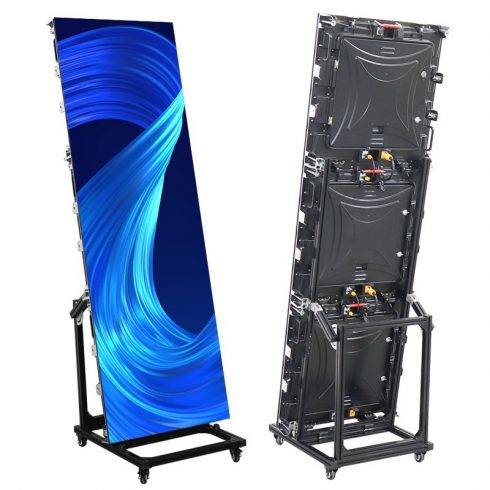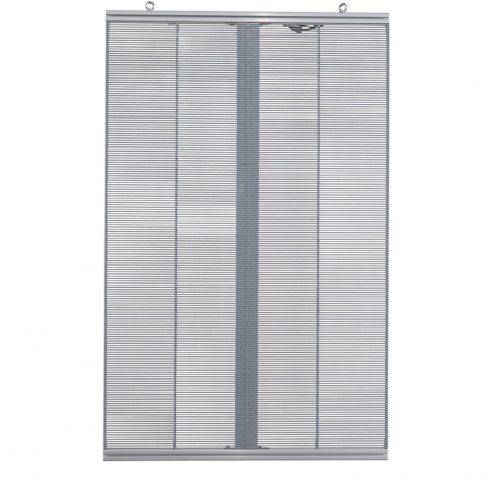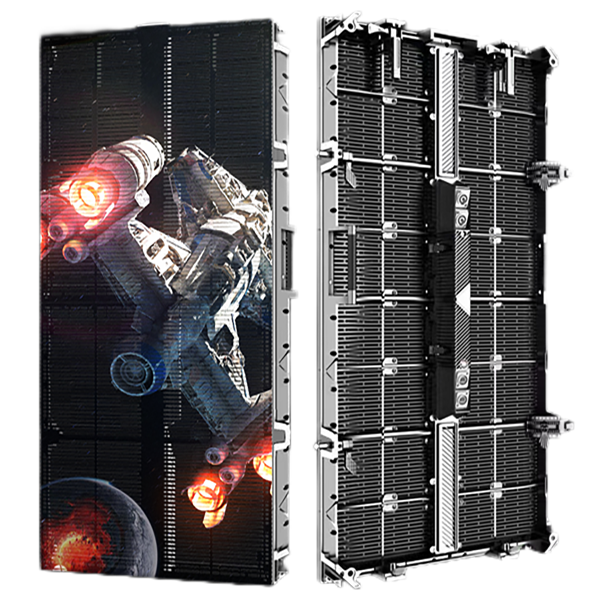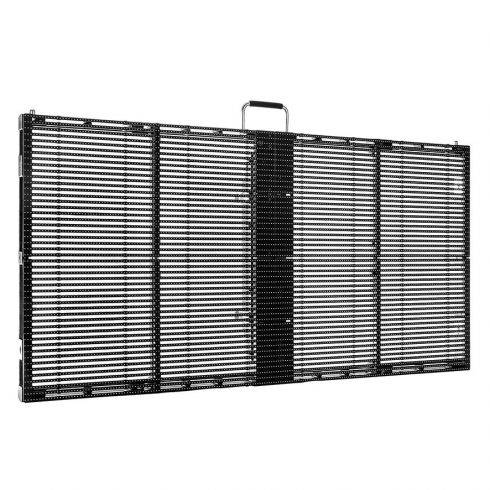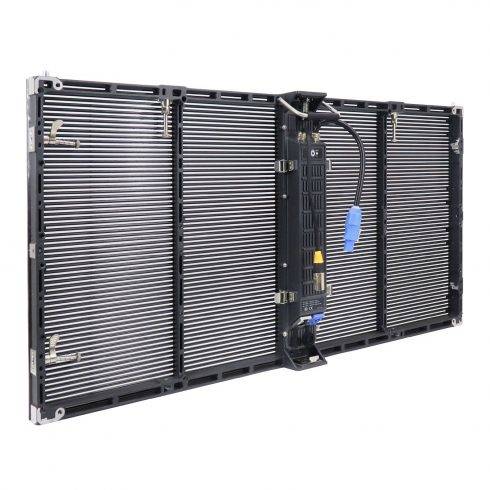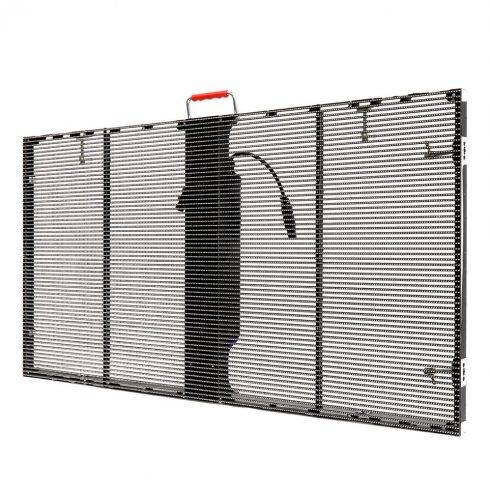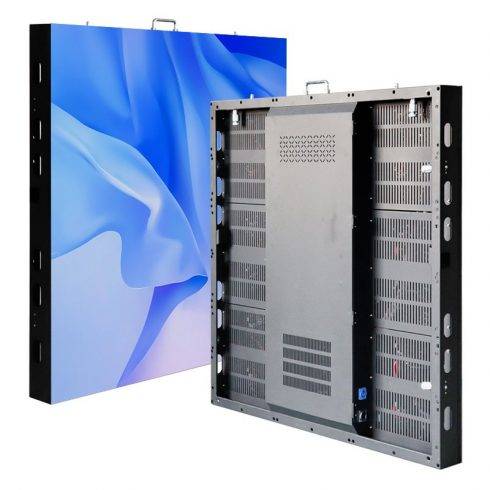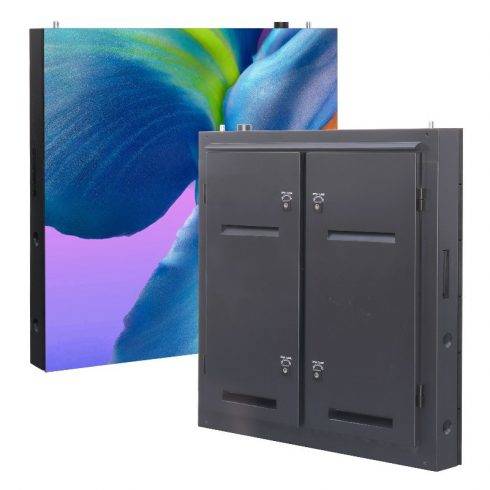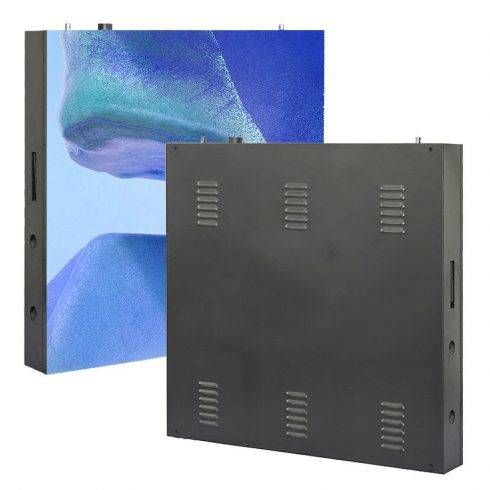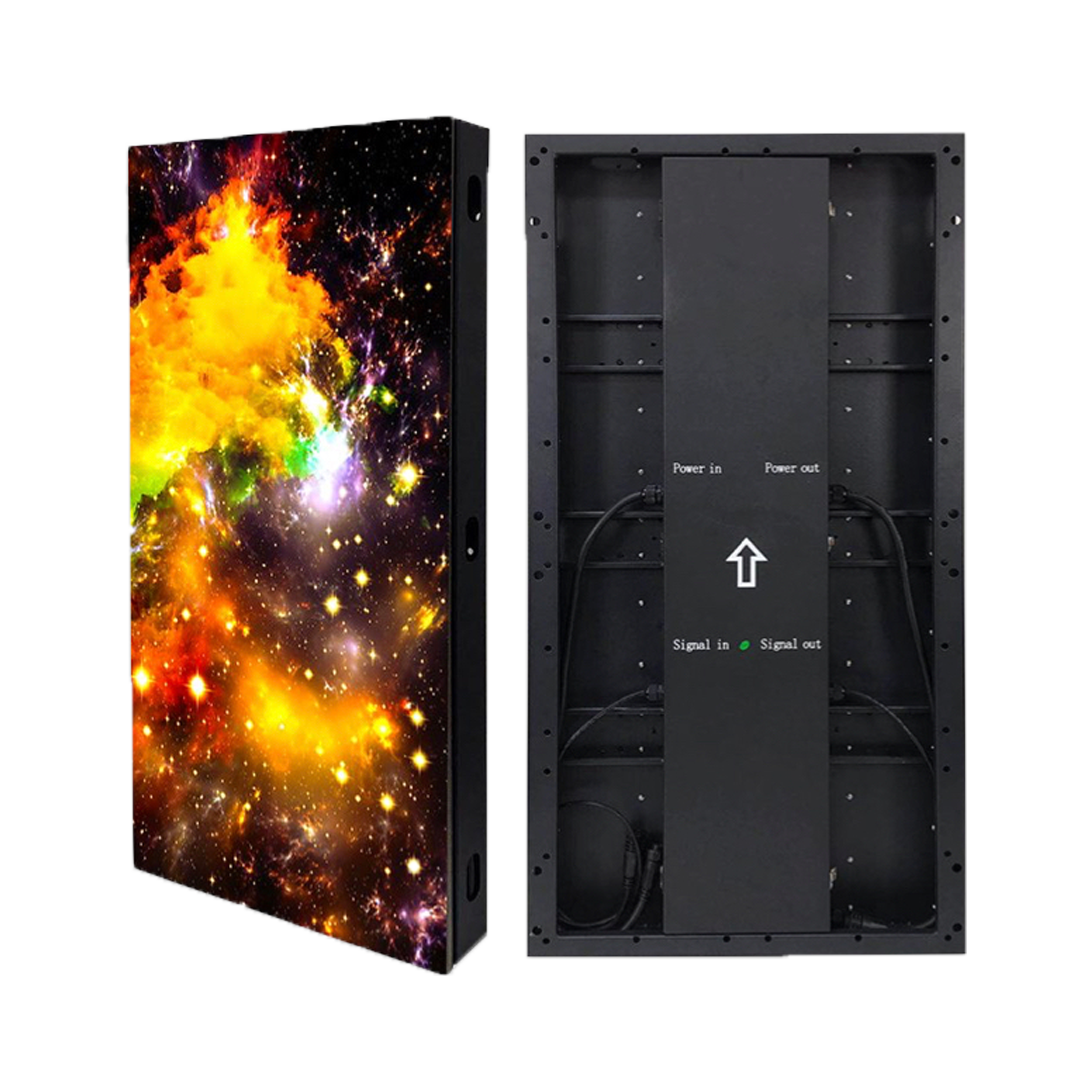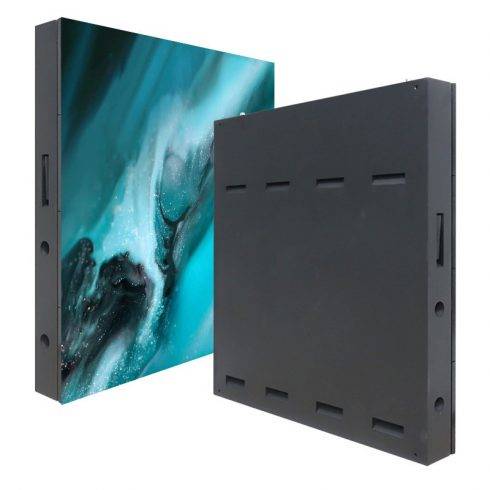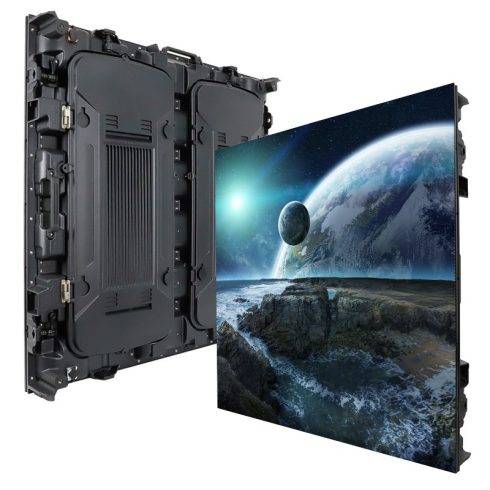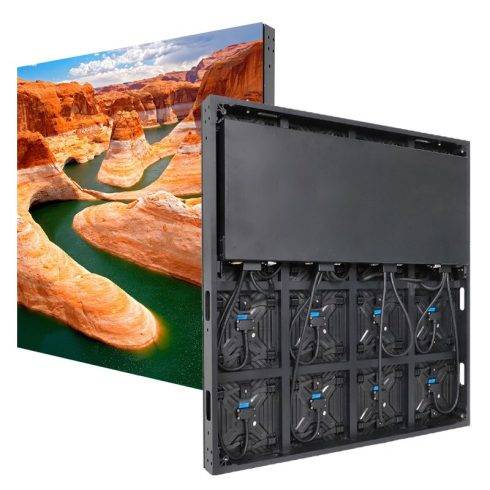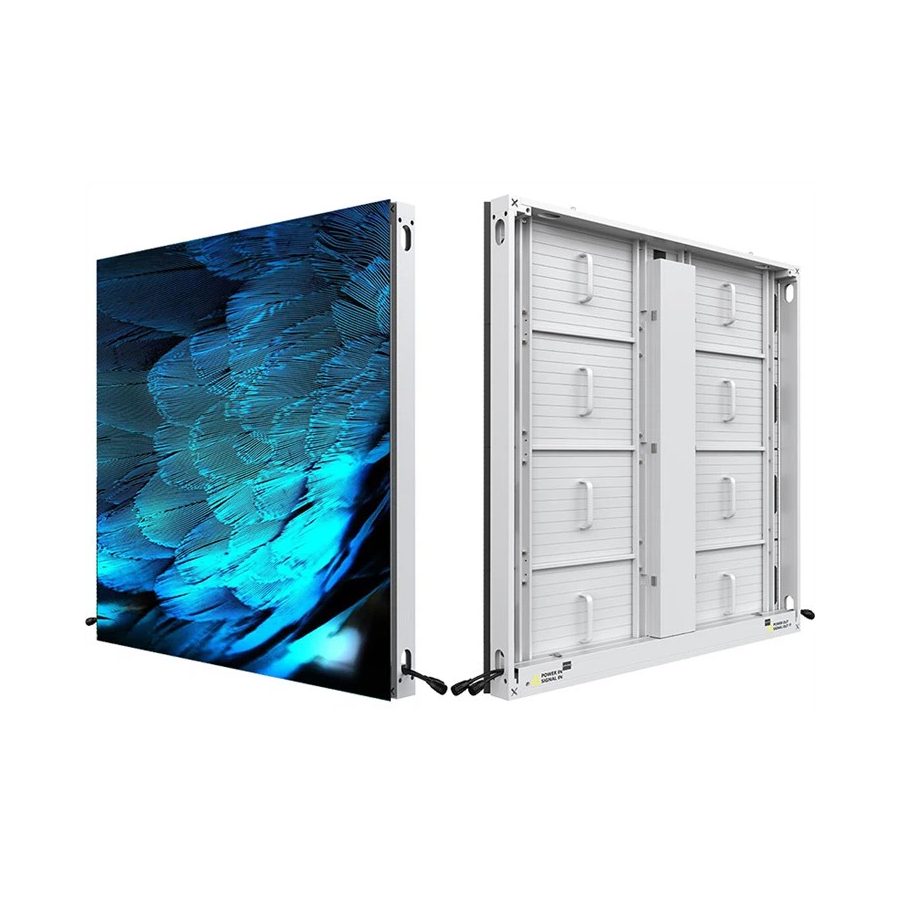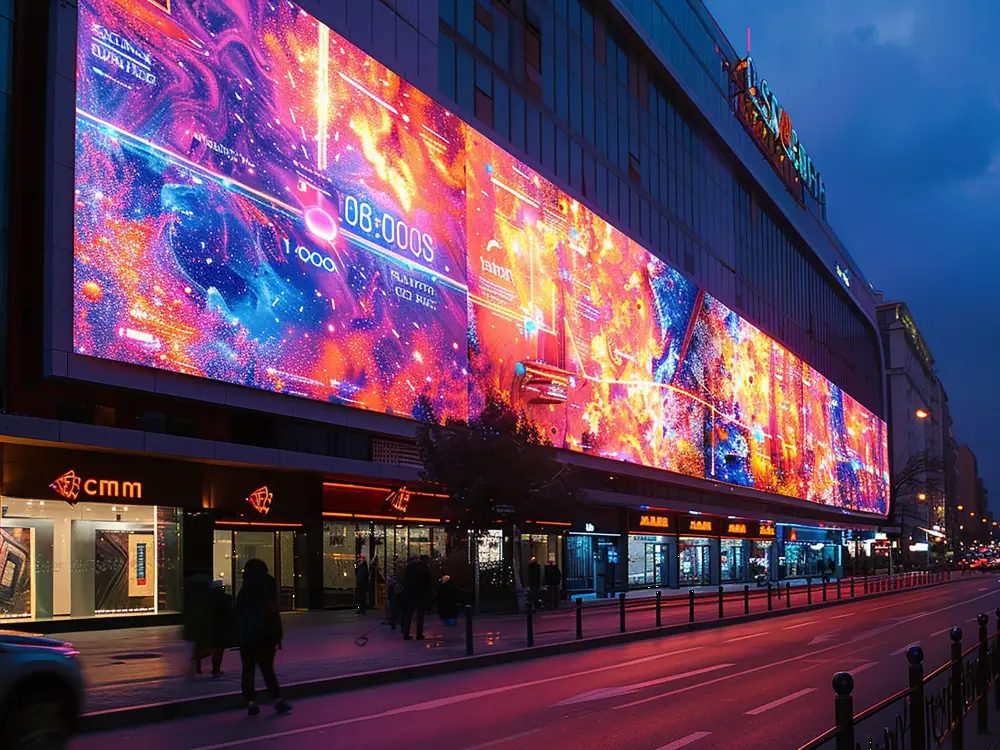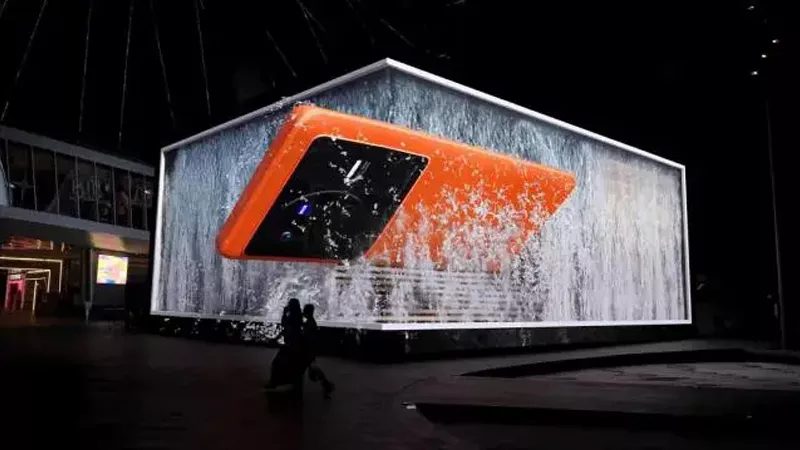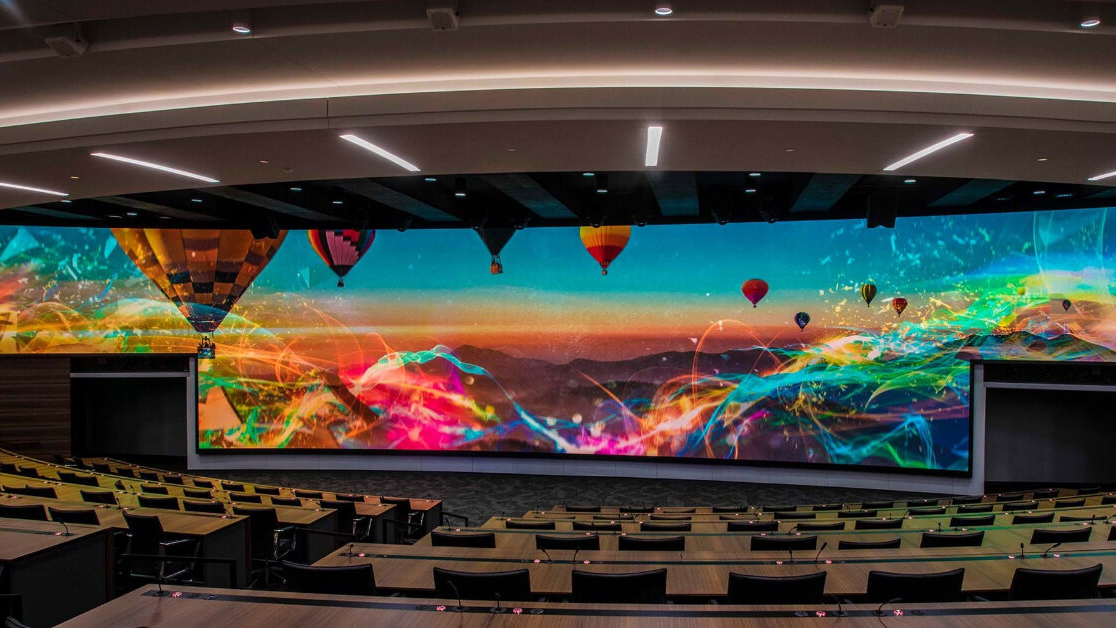Introduction
Full-color LED displays have become ubiquitous in various environments, from corporate offices and retail stores to large-scale entertainment venues and outdoor advertising spaces. They offer vibrant visuals, enhanced brightness, and the ability to captivate audiences with dynamic content. However, these high-tech installations also come with certain safety considerations that must be rigorously addressed to ensure they function correctly and do not pose hazards to personnel or property. This essay delves into the critical safety inspection factors for full-color LED displays, highlighting key aspects such as structural stability, electrical safety, heat management, and maintenance protocols.
Importance of Safety Inspections for LED Displays
A comprehensive safety inspection is essential for identifying potential risks in LED display installations and ensuring compliance with industry standards and local regulations. Failure to conduct thorough inspections can lead to electrical hazards, structural failures, overheating, or even fire incidents, compromising not only the display’s performance but also the safety of nearby people and property.
The safety inspection process should begin at the initial design and installation stages and continue throughout the display’s operational life. This proactive approach helps prevent accidents, extends the lifespan of the display, and minimizes costly repairs or downtime.
Structural Stability and Load-Bearing Assessment
One of the most critical aspects of LED display safety is ensuring that the structure supporting the display can handle its weight and dynamic loads. This factor is particularly important for large-scale displays installed in areas exposed to environmental forces such as wind or vibration.
- Support Frame Integrity: Inspect the integrity of the support frame to ensure that it is robust enough to hold the LED panels securely. The frame should be made of high-quality materials such as steel or reinforced aluminum and designed to distribute the load evenly.
- Load-Bearing Capacity: Verify that the mounting surface—whether a wall, ceiling, or freestanding structure—has sufficient load-bearing capacity. This is crucial for preventing collapses or structural damage.
- Anchoring and Fastening: Check all anchoring and fastening points to ensure they are properly secured and not susceptible to loosening due to vibrations or other external forces. Use heavy-duty bolts and anchors specifically rated for the weight and type of installation.
- Vibration and Wind Resistance: For displays installed in areas with high traffic or exposure to wind, conduct an assessment to determine their resistance to vibration and wind forces. This is particularly important for freestanding and ceiling-suspended installations.
Electrical Safety and Wiring Inspections
LED displays operate using complex electrical systems that must adhere to stringent safety standards to prevent electrical shocks, short circuits, and other hazards.
- Proper Grounding: Ensure that the display and its supporting frame are properly grounded to prevent electrical surges or static buildup. Grounding is essential for both personnel safety and the longevity of the electronic components.
- Cable Management: Inspect all wiring and cabling to ensure they are properly routed and secured. Loose or improperly managed cables can lead to short circuits, signal loss, or even fire hazards. Use fire-resistant conduits and cable trays to organize and protect the cables.
- Insulation and Shielding: Check for any signs of wear or damage to cable insulation. Replace any damaged wires immediately to avoid potential short circuits or electrical leakage. Use high-quality insulated wires with appropriate voltage ratings for the LED system.
- Power Supply and Surge Protection: The power supply unit should be inspected for stability and proper functioning. Ensure that surge protectors are installed to safeguard the display against sudden power fluctuations. Overloading the power supply can lead to overheating and equipment failure.
- Circuit Breakers and Fuses: Test all circuit breakers and fuses to confirm they are functioning correctly. These components are crucial for protecting the system from overcurrents and preventing electrical fires.
Heat Dissipation and Ventilation
Heat management is a critical safety factor in full-color LED displays, as excessive heat can damage electronic components, reduce the display’s lifespan, and pose a fire hazard.
- Cooling Systems: Inspect the cooling system, including fans, heat sinks, and ventilation pathways, to ensure they are functioning properly. Blocked or malfunctioning cooling systems can cause heat buildup, leading to component failure.
- Adequate Ventilation: Ensure that there is adequate space around the display for proper airflow. For wall-mounted and enclosed installations, this may require installing additional vents or fans to facilitate air circulation.
- Temperature Monitoring: Implement a temperature monitoring system to track the operating temperature of the LED modules and power supply units. If temperatures exceed safe limits, automatic shutdown systems should be in place to prevent overheating.
- Thermal Insulation: Check for any signs of thermal stress on the LED modules or surrounding materials. Use fire-resistant materials for enclosures and ensure that all components are rated for the expected operating temperature range.
Fire Safety Protocols
Given the electrical and heat management complexities of full-color LED displays, fire safety is a top priority. A comprehensive inspection should include the following fire safety measures:
- Fire-Resistant Materials: Use fire-resistant materials for the display housing, support frame, and cabling. This reduces the risk of fire spreading in the event of an electrical malfunction.
- Smoke Detectors and Alarms: Install smoke detectors and alarm systems in the vicinity of large LED displays, particularly in enclosed spaces. These systems can provide early warnings in case of overheating or fire.
- Emergency Shutoff Switches: Ensure that emergency shutoff switches are installed and easily accessible. These switches should be able to disconnect power to the display immediately in case of an emergency.
- Regular Fire Drills and Training: Conduct regular fire drills and train personnel on how to respond to potential fire hazards associated with the LED display. This includes knowing how to use fire extinguishers and emergency shutoff mechanisms.
Routine Maintenance and Inspection Protocols
Safety inspections should not be a one-time activity but a routine part of the LED display’s maintenance schedule. Regular inspections can identify wear and tear, prevent potential hazards, and ensure that the display continues to function safely and efficiently.
- Visual Inspections: Perform regular visual inspections to check for any signs of physical damage, loose components, or overheating. Pay particular attention to critical areas such as power connections, mounting points, and ventilation systems.
- Electrical Testing: Conduct periodic electrical testing to verify that all circuits, grounding systems, and safety mechanisms are functioning correctly.
- Software Updates: Keep the display’s control software up to date to ensure optimal performance and minimize the risk of software-related malfunctions that could affect safety.
- Documentation and Record-Keeping: Maintain detailed records of all safety inspections, maintenance activities, and any incidents. This documentation is essential for tracking the display’s condition and ensuring compliance with safety regulations.
Conclusion
Safety inspections are a crucial component of full-color LED display installations, ensuring that these visually dynamic systems operate reliably and without posing risks to people or property. A comprehensive safety inspection should encompass structural stability, electrical safety, heat management, and fire safety protocols. By adhering to these best practices and conducting regular maintenance, businesses and organizations can maximize the performance and longevity of their LED displays while maintaining a safe environment for all.

